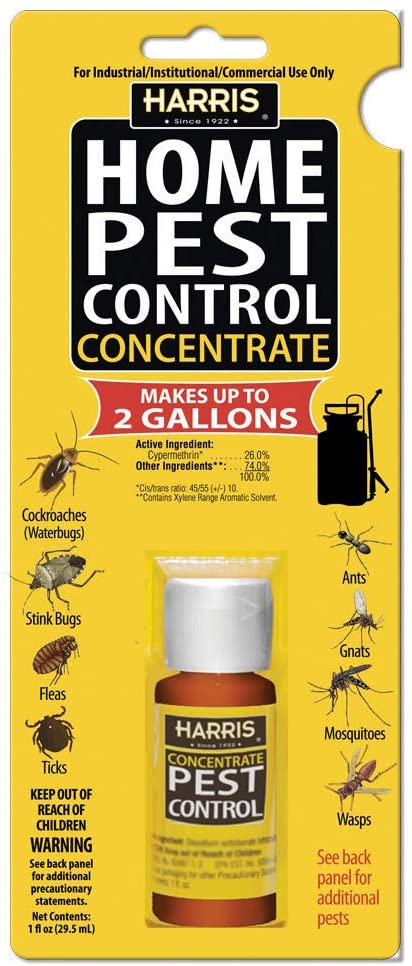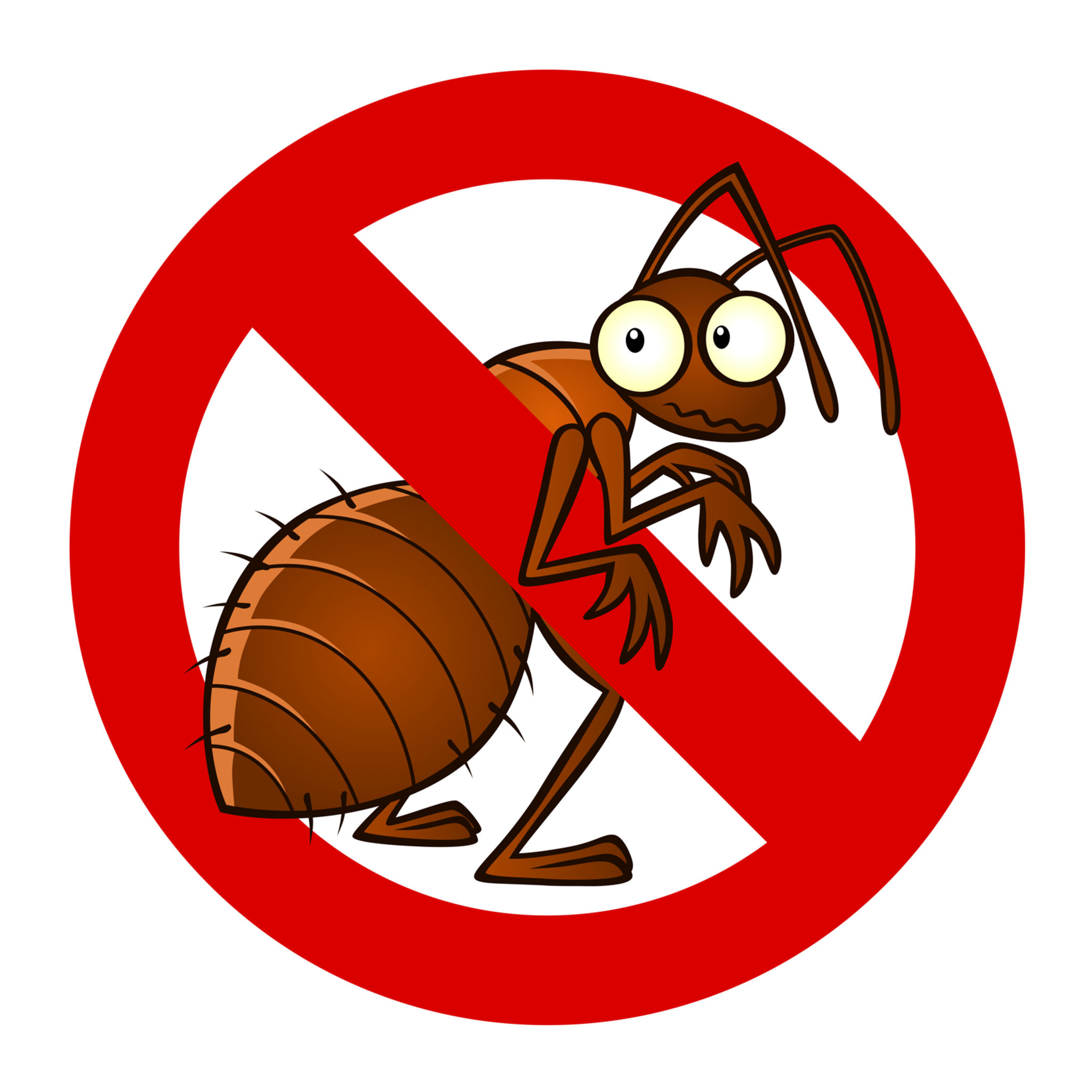A1 Pest Control Charlotte NC Bed Bugs - Expert Extermination Services
A1 Pest Control Charlotte NC Bed Bugs - Expert Extermination Services
Blog Article
Bed Insect Therapy Break Down: Comparing Chemical Vs. Non-Chemical Solutions
In the world of parasite control, especially when managing the persistent problem of bed pests, the choice between chemical and non-chemical therapy remedies can be a pivotal one. Both methods offer distinctive advantages and downsides, affecting elements such as efficiency, safety considerations, and overall expense. By examining the nuanced details of each approach, a more clear understanding of which course to seek in resolving a bed bug infestation can be achieved.
Performance of Chemical Therapies
Chemical therapies for bed bug problems have actually been widely identified for their powerful and rapid efficiency in removing these insects. When considering the effectiveness of chemical treatments, it is important to understand that they can provide a fast and complete remedy to a bed bug trouble.
Furthermore, chemical treatments have the advantage of supplying residual impacts, meaning that they can remain to eliminate bed insects even after the initial application. This residual activity is especially helpful in combating any prospective re-infestations. In addition, the quick activity of chemical therapies can bring alleviation to people encountering extreme bed insect infestations, enabling them to reclaim control of their space swiftly.
Safety And Security Interest In Chemical Solutions
When using chemical solutions for bed insect treatment is ensuring the safety of owners and the atmosphere,One crucial aspect that requires careful factor to consider. While chemical therapies can be efficient in eradicating bed bugs, they may position risks otherwise handled effectively. One of the primary safety interest in chemical solutions is the possible injury they can trigger to human health. Direct exposure to particular chemicals used in bed pest therapies can cause respiratory system problems, skin irritability, or other damaging reactions, particularly in individuals with pre-existing conditions or sensitivities. In addition, improper application or dose of chemical pesticides can cause poisonous deposits remaining in the cured area, presenting long-lasting health and wellness risks to owners.
Moreover, the ecological effect of chemical remedies is one more substantial consideration. Some chemicals used in bed pest therapies may be unsafe to beneficial insects, wildlife, and ecological communities if they seep right into the soil or water supply. It is necessary to utilize chemical therapies judiciously, complying with security standards, and considering less toxic alternatives to mitigate these threats and ensure the secure and effective monitoring of bed bug problems.
Benefits of Non-Chemical Techniques
Thinking about the prospective security problems and environmental impact connected with chemical services for bed pest treatment, exploring non-chemical methods provides an appealing alternative with several distinct benefits. Non-chemical treatments are ecologically pleasant, as they do not add to air or water contamination, making them a sustainable option for pest control.
Additionally, non-chemical remedies can be effective in targeting bed pests, including hard-to-reach locations read the article where chemical treatments may not pass through - A1 charlotte bed bug exterminator. Approaches such as warm therapy, vacuuming, steam cleansing, and cushion coverings supply thorough obliteration without the usage of hazardous chemicals.
Limitations of Non-Chemical Treatments

Furthermore, non-chemical therapies typically need multiple applications to attain effective eradication. This can be time-consuming and may not constantly guarantee total elimination of all bed pests and their eggs, particularly in hard-to-reach or concealed places.
Moreover, the success of non-chemical treatments greatly depends on proper execution and thoroughness, which can be testing for individuals without professional expertise. Insufficient application of non-chemical methods might result in insufficient removal, leading to relentless infestations and the demand for added therapies.
As a result, while non-chemical therapies have their benefits, it is vital to recognize these restrictions and consider them when determining the most efficient strategy for taking care of bed bug invasions.
Price Comparison: Chemical Vs. Non-Chemical Options
Offered the constraints connected with non-chemical treatments, a vital aspect to evaluate in the context of bed insect monitoring is the cost comparison between chemical and non-chemical alternatives. Chemical therapies normally involve the application of insecticides by professionals, which can range from $250 to $900 per room, depending upon the seriousness of the invasion and the dimension of the location to be treated. On the other hand, non-chemical therapies like warm treatment or heavy steam can be extra expensive, with expenses ranging from $1,000 to $6,000 for a whole home. While the first price of chemical treatments might appear lower, several therapies might be required to fully eliminate the invasion, potentially increasing the general expense. On the other hand, non-chemical choices may offer an extra lasting and environment-friendly service, although they can be cost-prohibitive for some people. Ultimately, when taking into consideration the price of bed pest treatment choices, it is necessary to consider the ahead of time costs against the performance and long-term sustainability of the selected method.
Verdict

Taking into consideration the potential safety issues and ecological effect associated with chemical remedies for bed insect treatment, exploring non-chemical approaches presents an encouraging choice with several distinctive advantages.Provided the restrictions connected with non-chemical therapies, an important aspect to assess in the context of bed insect administration is the price contrast between chemical and non-chemical alternatives. In contrast, non-chemical treatments like warm treatment or steam can be a lot more costly, with prices varying from $1,000 to $6,000 for a whole home. While the initial expense of chemical therapies might appear lower, several therapies may be needed to fully eliminate the infestation, possibly increasing the total cost.In conclusion, when comparing chemical and non-chemical bed bug treatment alternatives, it is crucial to consider effectiveness, safety, benefits, restrictions, and cost.
Report this page